Why Is the Battery Light On After Replacing Alternator?
We’ve all been there—just when we think we’ve fixed something in our car, another problem pops up. Case in point: you’ve just replaced the alternator, but that stubborn battery light is still glaring at you from the dashboard.
So why is your battery light on after replacing the alternator? The short answer is it could be due to a rangCe of issues—perhaps a faulty installation, incompatibility with your vehicle’s model, or even other lingering electrical problems. Don’t worry, though; we’re about to dive deep into the nuts and bolts of each possibility so that you can identify the issue and fix it for good.
We’ll walk you through everything you need to know, from understanding how your car’s electrical system works to diagnosing and fixing the problem yourself or knowing when it’s time to seek professional help.
Why Battery Light Still On After Replacing the Alternator
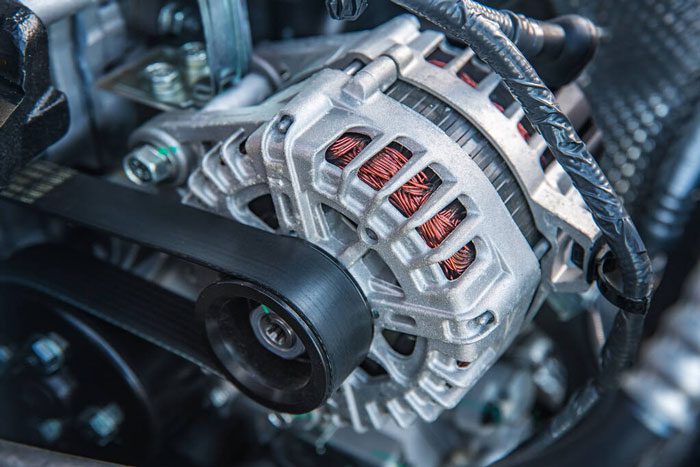
Let’s find the core of our problem: why the battery light is still on even after replacing the alternator.
The Snag of Improper Installation
First on the list is improper installation. Maybe you were in a rush, or perhaps it’s your first time doing this kind of repair. Whatever the reason, one loose wire or a badly connected terminal could be the culprit.
Always double-check your work and make sure everything is connected and tightened as it should be. A thorough review can often catch these minor yet crucial mistakes.
The Issue of Incompatibility
You need one that matches the make and model of your car. An incompatible alternator can lead to a variety of issues, including a persistently illuminated battery light. Always confirm the specifications before making a purchase.
Residual Electrical Problems Lurking in the Background
Sometimes, the problem isn’t with what you just fixed but lies elsewhere in the electrical system. There could be residual issues, such as a weak battery or a faulty voltage regulator, that contribute to the battery light staying on. It’s like cleaning one part of a dirty room; just because you’ve tidied one corner doesn’t mean the whole space is clean.
Check this video for details:
Diagnostic Steps to Identify the Issue
Alright, you’ve got a solid understanding of your car’s electrical system and what could go wrong. Now comes the fun part—putting on your detective hat and getting to the issue’s root. Before you start, ensure you have some essential tools on hand, like a multimeter, a wrench set, and maybe even a car diagnostic tool if you own one.

Step 1: Checking the Battery’s Health
What You’ll Need: Multimeter
The first step in any electrical diagnostic is to test your car battery using a multimeter. A healthy car battery should read around 12.6 volts when the engine is off. If the multimeter reads below 12.4 volts, your battery might be the issue, not the new alternator. Verifying the battery’s condition is essential as it can be a significant player in this saga.
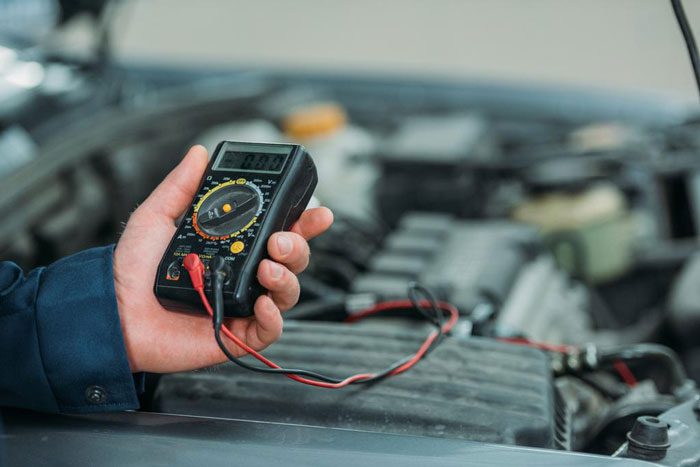
Step 2: Inspecting the New Alternator
What You’ll Need: Wrench Set
Now that you’ve given your battery the all-clear (or replaced it), it’s time to inspect the new alternator. Ensure it’s correctly secured in its housing and all connections are firm.
A loose serpentine belt or a loose connection could be sabotaging your efforts. Take a moment to double-check your installation work to rule out any simple errors that may be tripping you up.
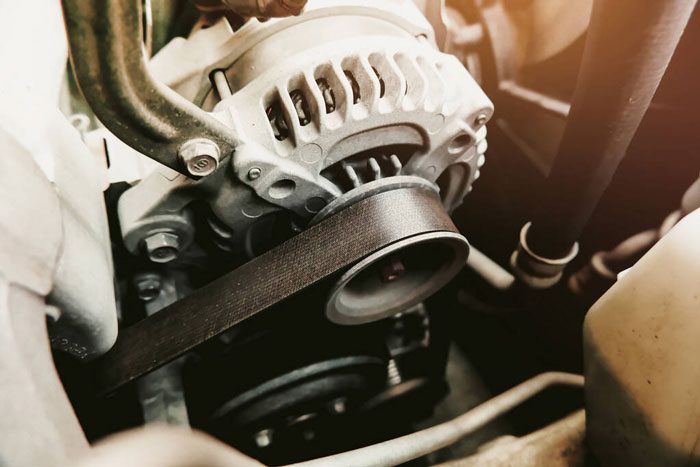
Step 3: Running a Full Electrical System Check
What You’ll Need: Car Diagnostic Tool (Optional)
Many modern cars come equipped with complex sensors and computer systems. A comprehensive electrical system check may be in order if your vehicle fits this description.
Some auto parts stores offer this service for free, or you can use your car diagnostic tool if you have one. This step can identify less obvious issues like a failing voltage regulator or issues with your car’s onboard computer.
Systematically going through these diagnostic steps gives you a clear path to identifying the underlying issue. With some luck and some elbow grease, you’ll solve the mystery of the lingering battery light in no time.
How to Fix the Problem
So you’ve done your detective work and have some clues about what might be going on. Now, it’s time to roll up those sleeves and get down to the nitty-gritty of fixing the problem.

Depending on what you discovered during your diagnosis, the solution could range from a simple fix to something more involved. Here are some common issues and their respective solutions:
Solution 1: Tightening or Cleaning Battery Terminals
Tools Needed:
- Wrench
- Wire Brush
- Cleaning Agent
If loose or corroded battery terminals were the culprit, a simple tightening or cleaning might just solve your problem.
A loose connection can cause fluctuations in the power supply, and corrosion can act as a barrier to efficient electricity flow. Simply use a wire brush to remove any rust or grime, and re-tighten the terminal screws with a wrench.
Solution 2: Replacing the Voltage Regulator
Tools Needed:
- Screwdriver
- Replacement Voltage Regulator
Some cars come with an external voltage regulator; if this fails, you might need to replace it. You can usually find this component near the alternator. It’s a fairly straightforward replacement—just a few screws and wires to manage. Make sure to disconnect the battery before you start tinkering to avoid any accidental electrical shocks.
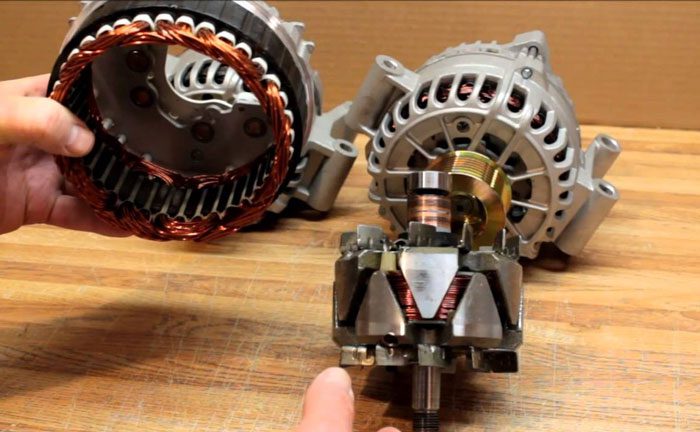
Solution 3: Updating Car Software
Tools Needed:
- Laptop
- Compatible Software
Some modern cars with complex electrical systems might require nothing more than a software update to resolve issues. You can do this yourself with a laptop and the right software or take your car to a dealership with specialized equipment. In some cases, a simple software update could solve the battery light issue and other potential glitches.
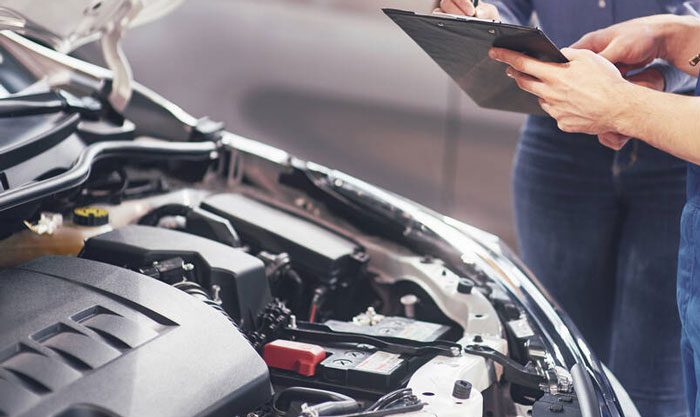
Solution 4: If All Else Fails, Consult the Pros
Sometimes, despite your best efforts, the problem persists. In such cases, don’t hesitate to seek professional help. Auto electricians and specialized mechanics have the expertise and the tools to diagnose and fix intricate issues that might be beyond the scope of a DIY fix.
If you’ve recently replaced your alternator and are still facing issues like the battery light coming on, you might want to explore our article on why is my battery light on with a new battery and alternator. Additionally, if you’re experiencing the oil light coming on when braking, our article on oil light comes on when braking can provide valuable insights into this problem.FAQs
Here are some of the most asked questions about why battery light is on after replacing the alternator.
The battery warning light on your dashboard will come on if your alternator’s output voltage drops below a safe level. If the alternator’s voltage output is too high due to the load it is carrying, the battery warning light will illuminate.
To warm up the alternator and seat the brushes, start the engine and let it run at or slightly over idle for approximately 10 minutes.
It’s a good idea to do a quick visual inspection of the alternator. Ensure that it’s securely mounted and that the drive belt is properly tensioned and in good condition. Also, check that all connectors and wires are securely attached.
Conclusion
So there you have it! We’ve deeply investigated why your battery light might still be on after replacing the alternator. We’ve explored the crucial roles of both the battery and the alternator in your car’s electrical system.
Whether it was a loose connection, a software glitch, or something else, this guide has illuminated your path to a solution. So the next time your battery lights are on after replacing the alternator, a dilemma crops up, and you’ll know exactly what steps to take. Safe driving!

